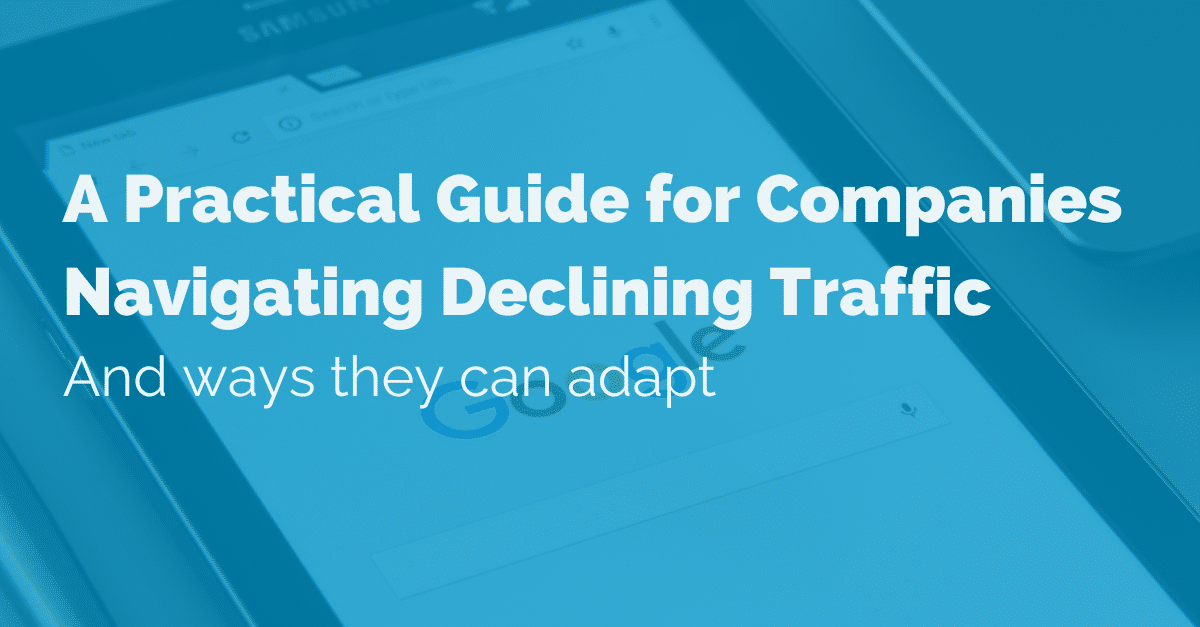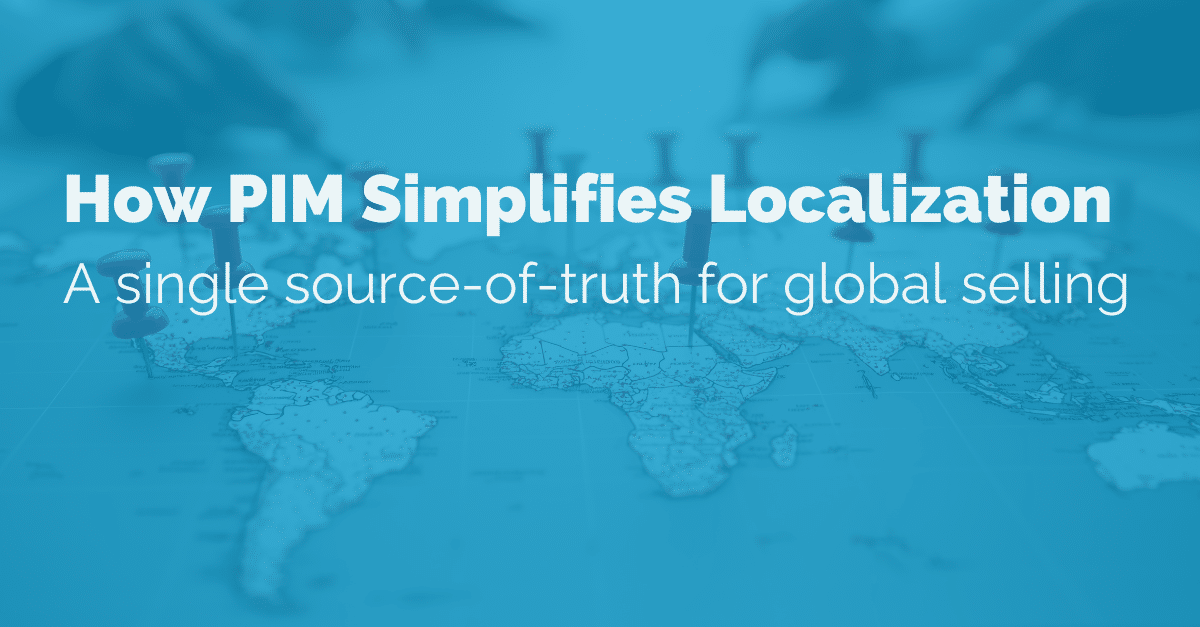Table of Contents
The benefits of expanding your product range
The benefits of expanding your product range are vast and you can massively expand total market demand.
Expanding your product range can be done in a variety of ways. For instance, you could add more colors, more sizes, and more styles to your current range. If you’re selling across multiple geographies, you may also want to tailor your product offering depending on the country.

It’s also an easy way of maximizing the potential of your existing audience and capturing the attention of new customers.
Convenience and ease are dominating the shopping behavior of modern customers. So, product mix expansion means you can provide customers with the most and best options, increasing the chance of satisfying these demands.
First, let’s look at a few reasons why top online retailers are adding new products to their offerings to drive growth.
Improving customer loyalty
Developing loyal customers is a key strategy for sales growth, as it’s usually more cost-effective than new customer acquisition.
Product line expansion means you can give your customers more options. If they can find everything they need on your sales channels, they won’t feel inclined to go to your competitors’ sites.
It also comes back to convenience and ease. Customers appreciate having everything in one place, so you’ll be improving the overall customer experience. Cater to these demands to sell more products, ensure repeat business, and build stronger, long-lasting relationships with your existing customers.
Increasing Average Order Values (AOV)
Higher AOV (Average Order Value) is a common KPI in the world of eCommerce. When a customer is browsing your products, you want to maximize the value of that visit. Increasing your AOV is a cheap and easy way of doing that.
Product kits and bundles are key here. You can display relevant and associated products to the one your customer is looking at by creating product relationships. The more products you have on offer, the more scope you have to create kits and bundles.
By creating more kits and bundles, you increase the range of products that are already selling well. Providing this extra layer of choice to your customers will likely encourage them to add more to their baskets. You can take an informative approach when displaying product relationships. Consider your wording to make sure they feel like they’re being advised of the other complementary products on offer.
Increasing profit margins with long tail products
With the increasing popularity of processes like dropshipping, it’s becoming easier to make the most of long tailing. This is where you sell a low volume of hard-to-find products and realize larger profit margins.
Including these niche products in your catalog will give you a competitive edge and will strengthen your online positioning. Your customers will appreciate being able to find products that are hard to come by.
In offering these niche products, you can position yourself as a cut above the rest of your competitors. You’ll likely see improved customer loyalty, not to mention increased sales and reduced return rates.
Long tailing is a great opportunity to make huge financial gains, especially if you go down the route of dropshipping. It means you can increase your sales by creating upselling opportunities for the minimum amount of investment.
Reducing costs by dropshipping digital products
Dropshipping takes away many of the risks and challenges of conventional eCommerce and distribution. You’ve invested in your brand and have a growing and loyal customer base. Amplify the experience you offer your customers and maximize your revenues by dropshipping from your trusted supply chain.
Dropshipping allows you to sell your suppliers’ products and they ship them directly to your customers. This means it doesn’t go through your warehouse, which creates huge savings in terms of expensive real estate and logistics costs. You choose which of your suppliers’ products to list on your sales channels. You can then enhance the assets to suit your brand style and tone of voice with your PIM.
When a customer orders the product online, only then will it be added to your ERP via your PIM. In turn, your integrated systems won’t be encumbered until necessary.
Increasing your customer base
Expanding your product line means you can widen your target audience and open up your customer base. This is where you might want to consider selling multiple variants of a particular product with varied price ranges. This eliminates the risk of losing customers through pricing decisions.
In doing this, you can target a variety of demographics and cater to the unique needs of your customers. Offering products that cover a range of price points will extend your brand reach and provide a more inclusive shopping experience.
Maximize upselling opportunities by easily offering high-quality products. Retailers who create plus size or budget ranges, for example, are also catering to a larger target customer.
A great example of this is our customer Gill Marine. Fishing is extremely popular in the U.S., and Gill Marine was keen to tap into this opportunity.
With Pimberly, it was able to build a dedicated eCommerce site in-house, which saved the company huge amounts of money.
Within a month of starting the project, Gill Fishing was processing its first order!
What’s holding you back?
When you look at the benefits of expanding your product range, it’s clear why businesses are making this a priority. But there are advantages and disadvantages of product mix expansion. Expanding your product range means taking on and managing a huge amount of extra product data. This alone creates problems if you don’t have streamlined and efficient data management processes.
Let’s take a further look at some of the challenges…
Manual product updates
Expanding your product range will mean you’ll have more product data to deal with. There’ll be a huge surge in manual processing if the product data management process isn’t streamlined. If this is the case, extending your offering might not be realistic unless you increase your headcount.
If just a couple of attributes across a large product range need updating, this “simple” task can take up valuable time.
This eats up valuable resources and will slow your time to market. If increasing your product range means slowing down your time to market, product expansion might not be a viable option.
Infrastructure support
Expanding your product range requires more reliance on the processes you have in place to manage the increase in product types. From importing and creating the product descriptions to optimizing, and publishing everything across your sales channels. If this process is disjointed and clunky to manage, it might not be possible to accommodate an increase in product offerings.
If product data is managed in disparate systems, like spreadsheets, your ERP, or eCommerce platforms, it can be hard to collate. These systems can’t manage the complexity and volume of information customers want in the current eCommerce climate.
As a result, product data may be inconsistent, inaccurate, or incomplete. This will lead to it being unresponsive to market and customer demands. In order to cope, a platform must be rapidly scalable and enable you to grow and expand. Having flexibility when expanding your product range into new sectors is crucial.
SEO content demand
The larger your product range, the bigger demand there is for creating optimized product content. If you’re branching out to a completely new sector, this can be even more demanding on existing SEO teams.
Keeping on top of optimization for relevant keywords means working closely with your product data. This can be increasingly difficult if you don’t have efficient product information management processes. This also goes hand-in-hand with site searchability. It’s vital to have structured and enriched data with the right attributes to ensure your customers can find your products.
There’s no point expanding your product range if customers can’t find all your lovely new products!
Managing multiple sales channels
Different sales channels will have different requirements in terms of product data and digital assets. Because of this, you’ll need to tailor your product data for each sales channel to ensure you meet the specific requirements.
Your marketing description for your main eCommerce site may be different from your other sales channels, for example – your Amazon listing. It can often be a challenge to keep on top of these different requirements for your existing product range. Before expanding your product range, make sure you have a process in place that will accommodate these data variants.
How does PIM help with product line expansion strategies?
A Product Information Management (PIM) platform is a central hub where you can store all product data and digital assets. It provides a single source of truth for all your products, across all departments. Managing products within a PIM ensures consistent, enriched, and accurate product information is distributed across all sales channels.
We’ve had a look at the problems businesses usually face when expanding their product range. Most of them come down to a slow, inefficient way of managing large and increasing volumes of products. And this is exactly where a PIM comes in.
You can reduce manual processes around product data management by up to 80%, saving you huge amounts of time. Because much of the product data management process is automated, you can get your products to market in a flash.
PIM makes handling large volumes of product data easy. It also provides the framework for teams to take back control of their products. By creating workflows around data enrichment and publication, there is clear communication between teams. There’s visibility throughout every stage of onboarding, enrichment, and publication so you’ll never launch a product with missing information.
You can control your products through customizable taxonomies and schemas, personalized for each specific route to market. This means you have strong foundations to expand your current product offerings across multiple channels.
Growing revenues with new products on marketplaces
When you’ve got lots of lovely new products, you want to make sure you can sell as many as possible to as many customers as possible. A great way of doing that is to sell them on marketplaces.
One of the advantages of businesses selling online is being able to get products in front of customers anytime, anywhere. By 2024, 15% of B2B organizations will use digital commerce platforms to support both customers and sales reps in all sales activities.
Clearly, this represents a great opportunity for any business selling goods online to tap into an ever-growing sales funnel.
That said, you need to ensure you meet the specific requirements of each marketplace to ensure your products are surfaced in searches. With a powerful PIM like Pimberly, you can store multiple variations of product descriptions and digital assets.
Scoping capabilities enable you to determine what data is then published to your different sales channels. As such, you can achieve maximum exposure whilst giving customers the best possible product experience.
Ultimately, PIM software is a vital component in maximizing your success and enabling you to remain agile and scale your eCommerce operations.
















